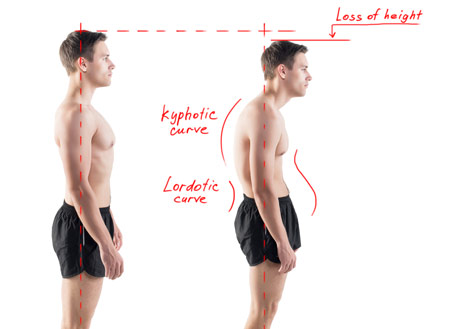Certified Postural Corrections
Tips for Good Posture
Home > Our Services > Certified Postural Corrections > Tips for Good Posture
Posture By Design
Posture is the position in which you hold your body upright against gravity while standing, sitting or lying down. Good posture involves training your body to stand, walk, sit and lie in positions where the least strain is placed on supporting muscles and ligaments during movement or weight-bearing activities. Maintaining good posture involves training your body to move and function where the least strain is placed on the body.

Check Your Posture
Keep your shoulders back and relaxed.
- Pull in your abdomen.
- Keep your feet about hip distance apart.
- Balance your weight evenly on both feet.
- Let your hands hang naturally at your sides.
- Try not to tilt your head forward, backward or sideways, and make sure your knees are relaxed — not locked.
Posture Breaks
Research shows that taking frequent short breaks (micro-breaks) are more effective in preventing aches and pains, than a single longer break in the middle of the day. The purpose of the posture break is to stretch the muscles that become tight from sitting all day.
- Take a 30 second break every 20 minutes
- Sit on the front of your chair with good posture of your lower back
- Open your arms wide and push your chest forward
- Lean head back for a deeper stretch
Signs of Bad Posture
If you experience any of the following three symptoms, you should schedule an appointment for a posture analysis. These signals indicate the presence of postural distortions, and there is likely a misalignment of your spine.
- Inability to sit without pain or discomfort.
- Pain or fatigue after sleeping.
- Inability to stand without pain or discomfort.
Correct Sitting Posture
Choose a chair that allows you to rest both feet flat on the floor while keeping your knees level with your hips. If necessary, prop up your feet with a footstool or other support.
- Sit back in your chair. If the chair doesn’t support your lower back’s curve, place a rolled towel or small pillow behind your lower back.
- Stretch the top of your head toward the ceiling, and tuck your chin in slightly.
- Keep your upper back and neck comfortably straight.
- Keep your shoulders relaxed — not elevated, rounded or pulled backward

Correct Sleeping Position
We spend at least 1/3 of our life in bed. Therefore, the correct position while sleeping is essential in protecting the spine. The best position during sleep is with the spine in a neutral and natural position. We don’t want the curves of the spine to be exaggerated with an increased curve, or a flattened curve. By maintaining proper curvature of the spine while sleeping we reduce the pressure on the spine and the vertebral discs. It is also important to have a correct mattress and pillow that is comfortable while sleeping. You do not want one that is too firm or too soft. Try several options to determine the correct comfort level for you before purchasing a new mattress.
The best position to sleep is on ones side, with a pillow supporting the neck so that the spine remains in a straight line, and with a cushion between the legs/knees. By keeping the spine straight during sleeping it reduces the tension of the muscles connecting to the spine, allowing for a more relaxing, refreshing sleep.
How To Carry A Purse
When carrying a purse one of the most important factors is the weight. Your purse should never be more than 10% of your body weight. Select the purse with shorter straps as to limit the pressure on the spine. There are several recommended positions while wearing your purse. The first position is a purse with short straps over one shoulder with the purse under the same arm. With a purse with longer straps place them over the opposite shoulder with the purse under the opposite arm. This will dissipate the amount of stress placed on the spine.
When carrying a purse with long straps, it is better to carry the purse over the opposite shoulder. When the purse is carried over just one shoulder, the scapular muscles naturally contract to prevent the purse from falling off the shoulder.
Correct Lifting Posture
Repetitive lifting of objects in an incorrect manner will cause increased risk of damage and problems to the spine such as spinal degeneration or herniated discs. Always keep the back straight, with the head over the shoulders, core muscles contracted and bend with the knees. When possible utilize the help of others when lifting heavy objects. Eliminate any rotation motion while lifting as this puts the most strain on the vertebral discs leading to herniated discs.
Correct Shoe Support
Shoes with good support are necessary for maintaining good posture. Proper shoes not only provide comfort to the low back and the lower body, but also help to prevent feet problem (such as plantar fasciitis). Shoes that provide adequate arch support and are not flat. They are flexible, lightweight, and well-balanced. If wearing high heels, wide-based short heels are the best option. If the soles of the shoe are worn out or are stretched out, consider buying a new pair of shoes.
Book online today.
Book your Assessment with our team to see how we can help you with your goals.





